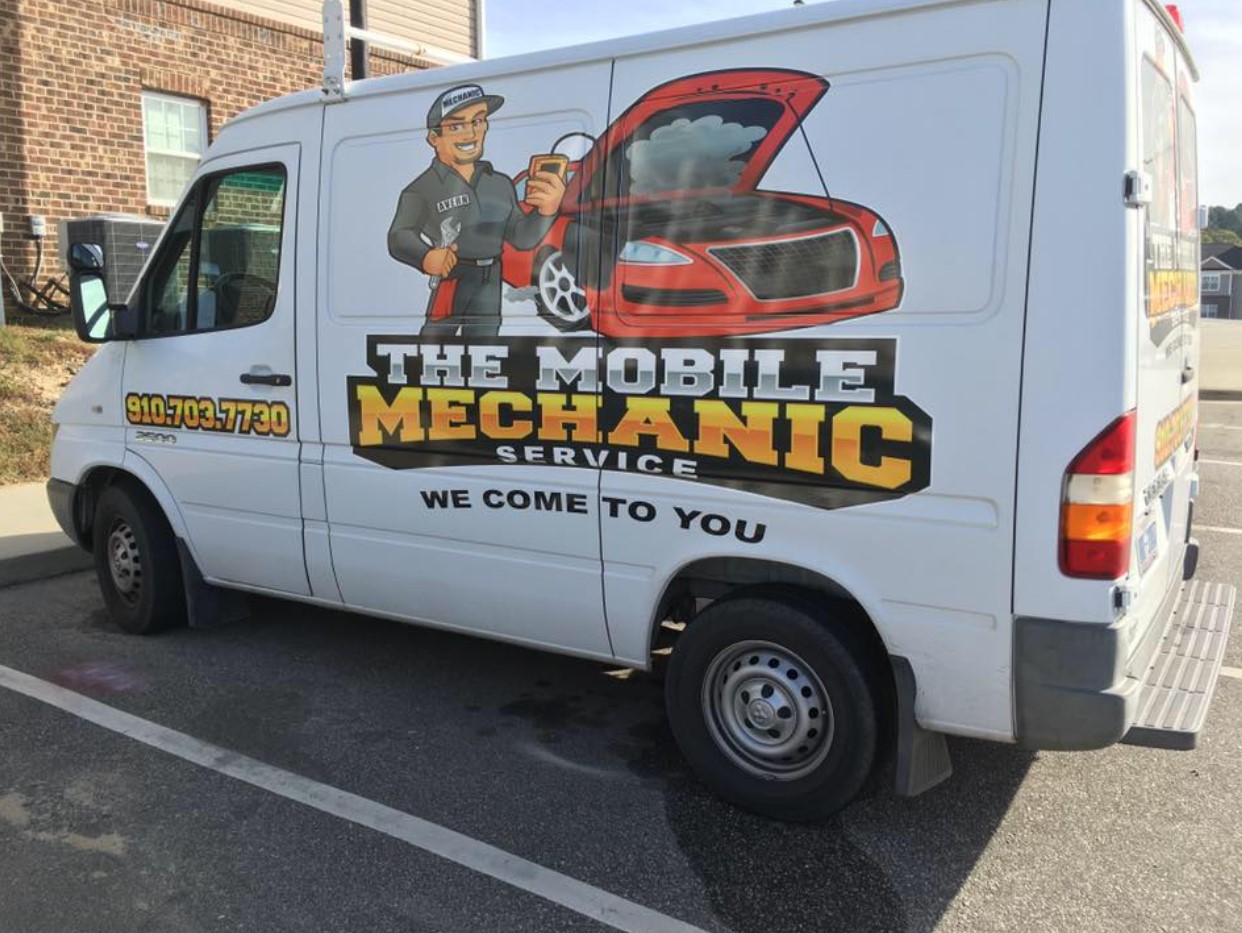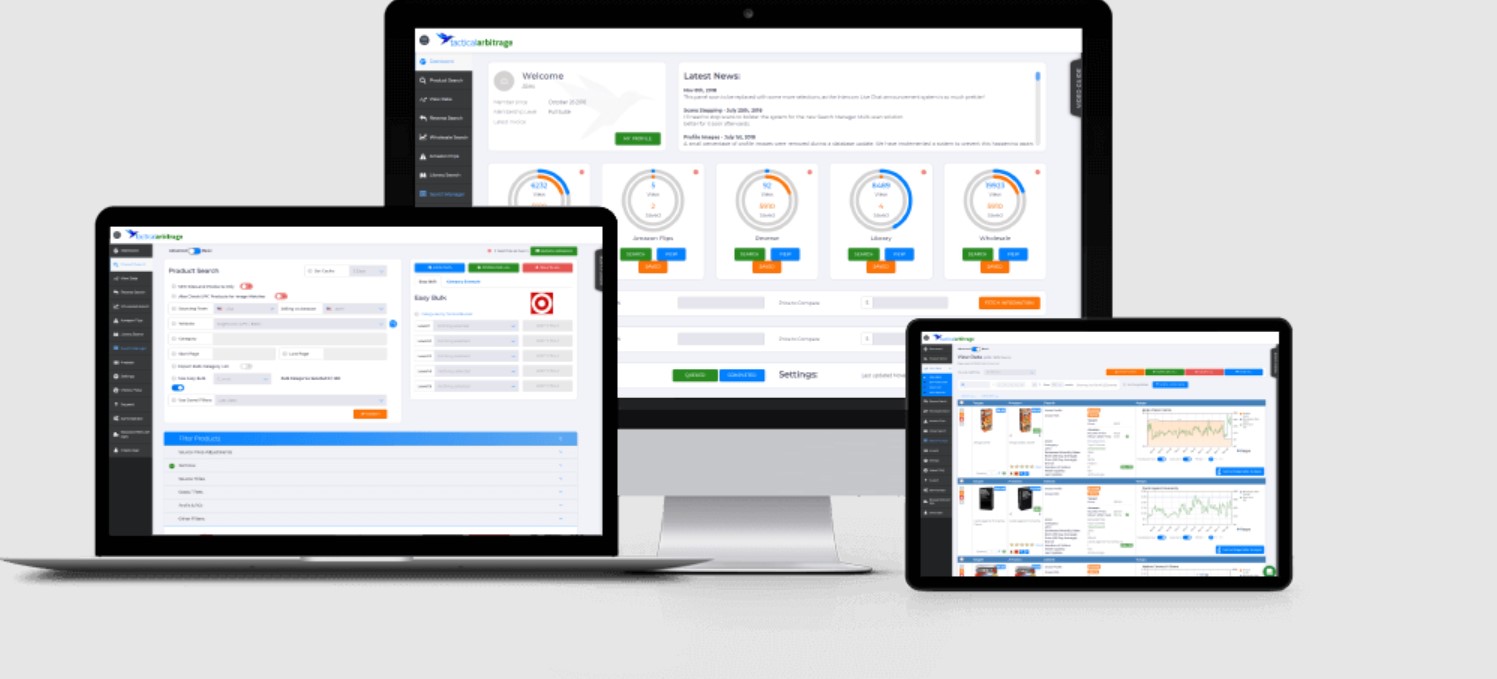How Technology Is Revolutionizing Car Repairs

Strong 8k brings an ultra-HD IPTV experience to your living room and your pocket.
Introduction: From Grease-Stained Hands to Code-Driven Diagnostics
The car repair world has changed dramatically. Where once a mechanic relied on manual inspection and mechanical intuition, modern car repairs are now powered by technology—from artificial intelligence to augmented reality, from connected diagnostics to 3D printing.
Welcome to the age of smart auto repair, where advanced tools, apps, and automation are transforming everything from how problems are detected to how quickly vehicles get back on the road. In this article, we’ll explore how technology is revolutionizing car repairs, what it means for drivers and mechanics, and what the future may hold.
1. Diagnostic Technology: The Brain Behind the Wrench
On-Board Diagnostics (OBD-II) Systems
Since 1996, vehicles have come standard with OBD-II ports, which allow mechanics (and even car owners) to plug in a scan tool and access diagnostic trouble codes (DTCs). This tech was the first major step in digitizing car repair.
But now, it’s evolved even further:
Bluetooth OBD-II adapters connect to smartphones via apps like Torque or FIXD, giving drivers real-time insight into issues.
Mechanics use advanced scan tools that not only read codes but also test components and sensors in real-time.
Artificial Intelligence in Diagnostics
AI-powered platforms like Bosch Esitronic or Repairify analyze massive datasets of car issues, symptoms, and resolutions. These systems:
Recommend likely causes based on symptoms
Predict future failures
Save time by reducing guesswork
For example, a mechanic scanning a check engine light might see an AI-powered suggestion that a faulty oxygen sensor is 85% likely to be the cause—backed by data from thousands of similar cases.
Cloud-Based Vehicle Health Monitoring
Many newer vehicles have built-in telematics systems (like OnStar or Toyota Connected Services). These systems:
Constantly monitor vehicle health
Notify the owner or dealer if maintenance is needed
Allow for remote diagnosis before the car even reaches the shop
This cuts down on delays and helps mechanics prep parts in advance, speeding up repair time significantly.
2. Repair Processes Go Digita
📖 Digital Repair Manuals & AR Guides
Gone are the days of thick, greasy repair manuals. Now, mechanics use:
Tablets or smartphones loaded with digital manuals (like AllData or Mitchell 1)
Augmented reality (AR) headsets that overlay instructions directly onto vehicle components
This tech:
Saves time looking up specs
Reduces error with visual step-by-step guidance
Speeds up training for new technicians
For example, AR headsets made by Bosch or RealWear let a technician “see” where a hidden bolt is located inside a complex engine bay.
🛠️ 3D Printing in Auto Repair
3D printing is changing how hard-to-find or obsolete parts are made.
Applications include:
Printing custom brackets, clips, or dashboard components
Fabricating rare parts for vintage cars
Producing prototypes for performance upgrades
This reduces waiting time for out-of-stock parts and lowers costs for certain niche repairs.
🔧 Smart Torque Tools and Equipment
Today’s auto shops use smart tools that:
Measure exact torque specs
Sync with diagnostic software
Reduce human error
Example: Electronic torque wrenches with digital displays alert technicians if bolts are under- or over-tightened.
This precision improves safety, especially in brake systems, suspension, or engine assembly.
3. Robotics and Automation in the Shop
🤖 Robot-Assisted Repairs
While full automation of car repairs isn’t widespread yet, some high-end shops and factories are using robots for:
Wheel alignments
Paint jobs and polishing
Tire mounting
Parts assembly and removal
These robots:
Work with exacting precision
Never get tired or make human errors
Speed up repeatable tasks
Example: RoboTire, a robotic tire changer system, can replace all four tires in under 25 minutes—twice as fast as a traditional team.
🧪 Automated Fluid Testing
Instead of guesswork or manual testing, automated machines now:
Analyze oil, brake fluid, or coolant quality
Detect contamination, wear metals, or low additives
Recommend exactly when fluid should be changed
This avoids unnecessary changes and helps customers save money while extending vehicle life.
4. Customer Experience: Convenience Through Connectivity
📱 Mobile Repair Apps and Online Booking
Tech has made it easier for customers to schedule, approve, and pay for repairs. Most modern repair shops now offer:
Online appointment booking
Real-time service status tracking
Digital invoices and photos of issues
Apps like YourMechanic or Wrench even let you schedule at-home mobile repairs, thanks to logistics powered by AI and GPS.
📷 Live Video and Text Updates
Transparency builds trust. Many shops now:
Send live video inspections showing the issue
Text a detailed breakdown of needed repairs
Allow approvals through a smartphone tap
This empowers car owners with information—and reduces high-pressure sales tactics.
💬 Chatbots and Virtual Service Advisors
Some dealerships use AI-powered chatbots that:
Answer questions 24/7
Recommend services based on mileage
Send appointment reminders
This keeps customer communication consistent and frees up human staff for more complex concerns.
5. Training the Next Generation: Virtual Reality & Simulators
Technology is not only changing how repairs are performed—but also how technicians are trained.
🧑🏫 Virtual Reality (VR) Training
Instead of tearing apart real engines, students can:
Use VR headsets to “walk through” complex repairs
Practice disassembly and reassembly in a virtual garage
Learn in a low-risk, high-feedback environment
This speeds up skill acquisition and lowers training costs for schools and employers.
🛠️ Simulation-Based Learning
Mechanic training simulators mimic:
Engine behavior
Brake system function
Transmission faults
These tools let future techs learn diagnostics without needing a working vehicle in front of them.
Programs like CDX Automotive and Electude are already standard in many technical schools.
6. Electric and Hybrid Vehicles: A New Frontier
EVs and hybrids are introducing entirely new challenges and tech to the repair space.
⚡ High-Voltage Safety & Certification
Repairing EVs means dealing with 400V+ systems. Shops now need:
Special tools (insulated gloves, HV testers)
Trained, certified technicians
Dedicated EV repair bays
🔋 Battery Diagnostics
Modern EV repair tech includes:
Thermal imaging for battery health
Software-based diagnostics
Battery replacement modules (instead of entire packs)
EV platforms like Tesla and Rivian provide over-the-air updates and remote diagnostics, requiring mechanics to be software-savvy as much as mechanically skilled.
7. The Future of Car Repairs: What's Coming Next?
Technology continues to evolve—and the next phase of auto repair is already in motion.
🛰️ Predictive Maintenance with AI
Cars will soon predict failures before they happen.
AI analyzes sensor data from daily driving
Machine learning spots anomalies in brake wear, vibration, engine output
Drivers get alerts weeks in advance, not after breakdowns
🚗 Self-Healing Paint & Parts?
Materials science is progressing toward:
Self-healing paint that erases scratches
Shape-memory polymers that “bounce back” from damage
Advanced composites that reduce weight and wear
This could make minor cosmetic repairs nearly obsolete.
🛠️ Remote Software Repairs
Software-based issues are now fixable with:
Over-the-air (OTA) updates
Remote troubleshooting
AI-generated patches
Already used by Tesla, this model will likely spread to all manufacturers—cutting dealership visits drastically.
🤝 Human + Machine Collaboration
The future of car repair isn’t about replacing mechanics—it’s about empowering them.
Technicians will use:
AR headsets with step-by-step overlays
AI co-pilots that assist in diagnostics
Voice-commanded shop tools
The result? Faster, smarter, and more accurate repairs.
Conclusion: The Digital Toolbox of Tomorrow
Technology is reshaping every bolt and byte of the car repair process. From the moment your check engine light comes on, to the precision torque of a robotic wrench, innovation is at every step.
This revolution means:
Better diagnostics
Faster service
More transparent experiences
Safer, more efficient vehicles
But it also means mechanics must evolve, adapting to data, software, and new skills. The grease-stained shop is becoming a clean, connected tech hub—where humans and machines work side by side.
Whether you’re a car owner, technician, or student dreaming of a future in automotive repair, one thing is certain:
Car repair will never be the same again.
Note: IndiBlogHub features both user-submitted and editorial content. We do not verify third-party contributions. Read our Disclaimer and Privacy Policyfor details.




